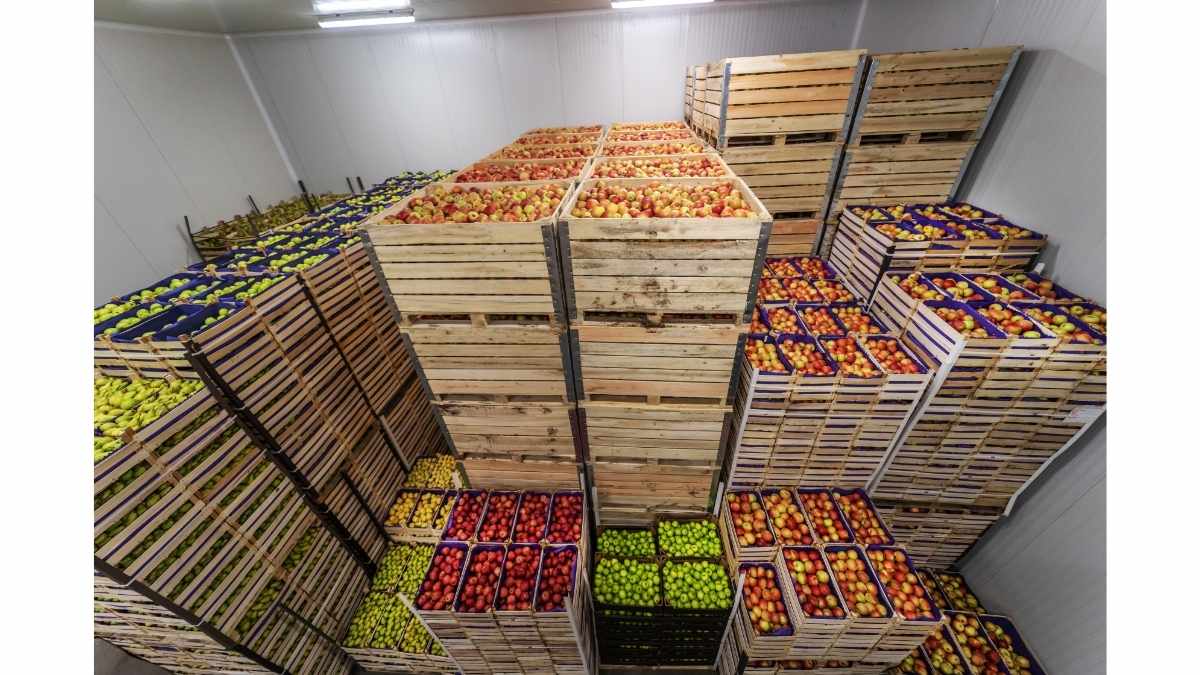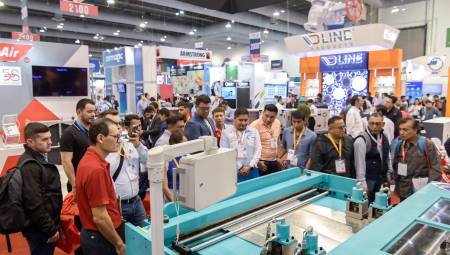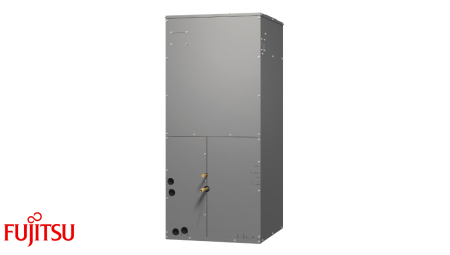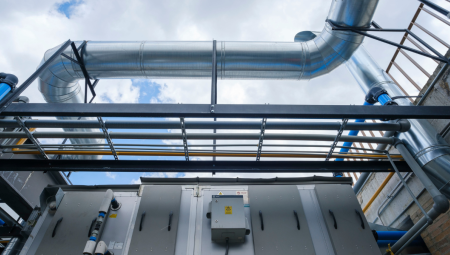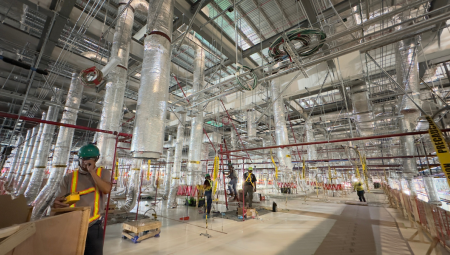International. An in-depth analysis of the benefits of cooling tunnels for the agri-food sector has been prepared by Intersam. Below we present the study and its conclusions.
In general, refrigeration and cooling systems in the agri-food sector are critical. In fact, the cold chain to maintain the conditions of the product, slow down the development of bacteria and prevent their deterioration, begins in the processing companies. To achieve this, the use of equipment such as cooling and freezing tunnels is essential. In general, refrigeration plays an important role in this industrial segment, which is one of the largest in the Spanish economy.
Read on to learn a little more about these machines and their importance in preserving many of the foods we consume.
What are cooling tunnels and how do they work?
Cooling tunnels are systems employed in various food processing facilities for fruits, vegetables, snacks, baked goods and others. In essence, these machines provide a controlled reduction of temperature, either in continuous or batch processing systems. Structurally, they bear some resemblance to air convection furnaces, although they do not provide heating.
In this sense, cooling tunnels employ blowers that introduce ambient air or outside air into the tunnel and extract hot air from the products at the opposite end. Therefore, the passage of air over the parts allows to obtain a more uniform cooling in much less time.
Types of cooling tunnels and some features
Basically, there are two kinds of cooling tunnels: continuous and discontinuous. The former are designed for those applications where all products need the same cooling time.
Unlike discontinuous cooling units, created for processes in which products must leave the tunnel once the required final temperature has been reached. These are usually more expensive than continuous ones but are more efficient in terms of energy consumption. They can also manage pallets of products of different heights and reduce the handling time of the same during cooling. In general, these cooling units may require accessories such as:
* Lifting, vibrating or removable tables.
* Additional space for the arrangement of products.
* Granulated food distribution systems.
* Integration with other processing equipment.
Depending on the types and characteristics of the processes, some cooling tunnels can be portable or have a modular design. In addition, there are others that have a programmable logic controller (PLC) and a digital control panel. Its red and green light-emitting diodes (LEDs) warn if the cooling equipment is on or off, or if it is necessary to adjust indicators such as temperature.
Which cooling tunnel to choose?
Of course, choosing between the types of existing cooling tunnels requires the analysis of product and process specifications. This will determine their most common characteristics and elements, including:
- Length of the tunnel.
- Width of the conveyor.
- Conveyor belt material (metal or plastic; rough or smooth surface depending on the application).
- Housing material,
- Humidity range.
- Number of cooling zones.
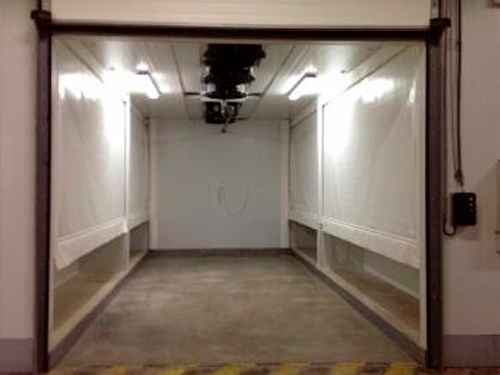
On the other hand, many industrial applications of the units in question require conveyor belts of more resistant and durable materials. Generally, stainless steel is the most selected material both for making the tunnel cover and for its side panels. The number of cooling zones is variable according to the model and the manufacturer. At the disposal level, we can classify products with superior refrigeration and inferior refrigeration.
Cooling or freezing tunnels? Which ones do you need?
As obvious as it may seem, answering this question allows us to establish the differences between cooling and freezing tunnels. Indeed, a freezing tunnel is a type of industrial machinery capable of quickly freezing any food. Whether it is fruits, vegetables, meat or fish, these products may require a freezing of these characteristics for transport and preservation.
A rapid freezing affects these foods less, as it prevents the creation of large ice crystals that break their tissues. Through this procedure, such products last frozen longer. And, by reversing this process, they distill less water. There are several designs to adapt these units to the needs of the food industry and for their elaboration materials are used that do not modify the organoleptic conditions of such foods.
In fact, there are different kinds of freezing tunnels that respond to particular situations. One of them is cascade freezing which is very similar in appearance to a cold room, but whose operation is different. Inside, air is poured at sub-zero temperatures; it falls from above, simulating a waterfall, and quickly freezes food. Then, all products achieve homogeneous freezing with minimal dehydration, so the process guarantees high-quality products.
Advantages of freezing tunnels
These units quickly freeze large quantities of food, which means a considerable increase in efficiency in the production chain. Apart from that, its management is simple and usually requires the participation of one or very few operators. This reduces personnel costs. Moreover, they are flexible and scalable machines. That is, they are adaptable to different circumstances and expandable over time. In this way, when production processes evolve, it is feasible to reconfigure them almost without any difficulty.
Importance of cooling tunnels in the agri-food industry
A recent study forecasts that the Spanish frozen food market will grow at a compound annual rate of 2.1% between 2021 and 2026. This appreciation is based on changes in consumption patterns and preferences toward ready-to-eat and convenient foods.
In this regard, they identify as frozen foods those that are preserved through a freezing process and that remain in that state until consumption. These products are: meats, poultry, fish, seafood, fruits, vegetables, desserts, prepared meals, bakery products and snacks, among others. In particular, frozen foods facilitate the preparation of recipes, as the time and effort invested is less compared to cooking from scratch. For this reason, they are the main ingredients of the dishes that are prepared and served in homes and restaurants.
As we said, the factors that drive the growth of the market for these products in Spain are changes in consumption patterns and purchasing habits. Likewise, the increase in the number of people who work and a sustained increase in the demand for ready-to-eat products influence. The latter derives from the increasingly busy lifestyle of consumers. Therefore, it is not surprising that it is those under 35 who lead this tendency to consume fast-preparing or ready-to-eat foods.
To this, we add the availability of frozen foods that motivates many more consumers to buy them. In this line, manufacturers launch a wide variety of them on the market: meat, fish products, frozen potatoes, ready meals, etc. Equally, this favors the growth of the industry.
Maintaining cold and quality, two key requirements
Taking into account the above, the companies that process the aforementioned foods strive to initiate and maintain the cold chain of their products. Consequently, cooling and freezing tunnels have a preponderant role, since they begin this process. Same that will be kept in the warehouse and transport to the points of sale. All this will guarantee the buyer that he will consume a fresh and quality product.
Source: Intersam.


